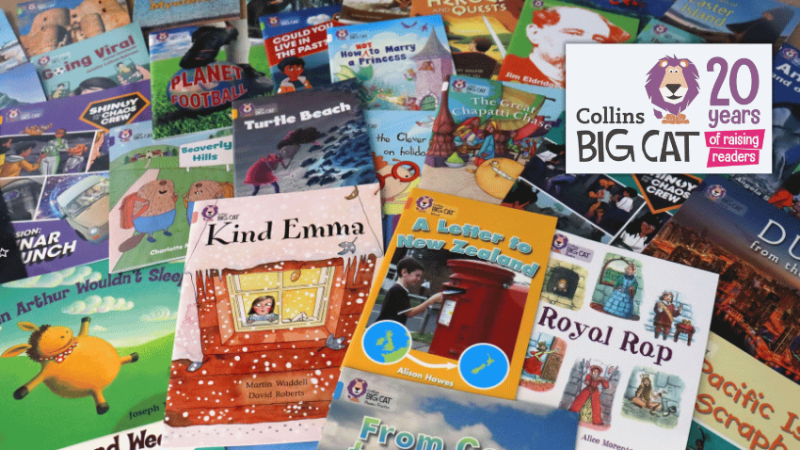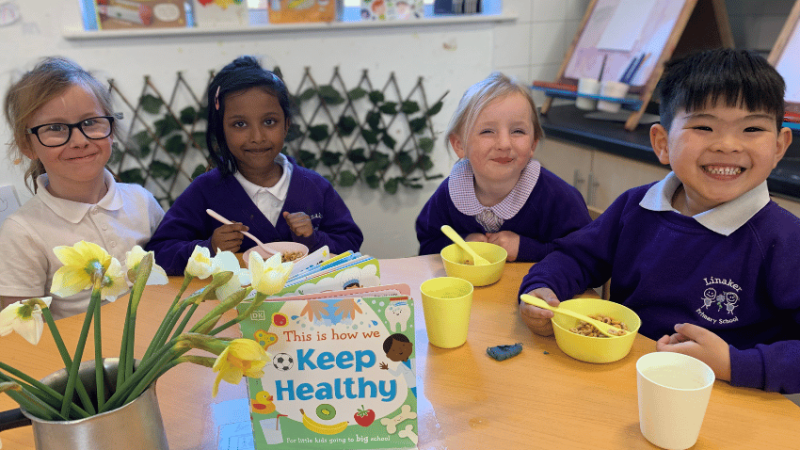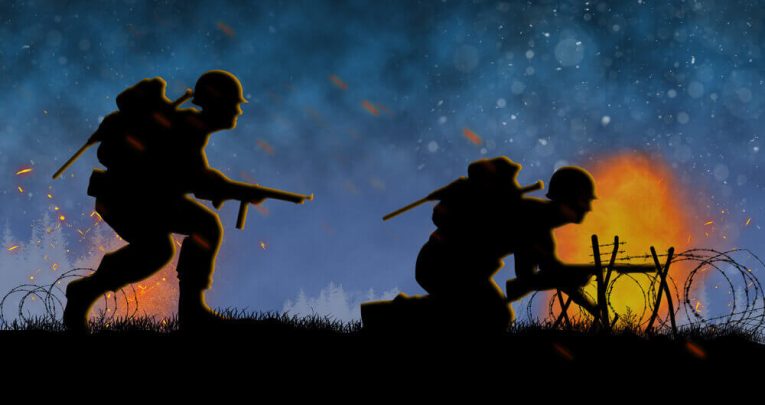Non-chronological report – Best KS1/KS2 examples & resources

Get children’s report writing in order, even if it’s not in chronological order, with these lesson ideas, activities and other resources for primary English…

- by Aidan Severs
- Education consultant, writer, speaker and former deputy head Visit website
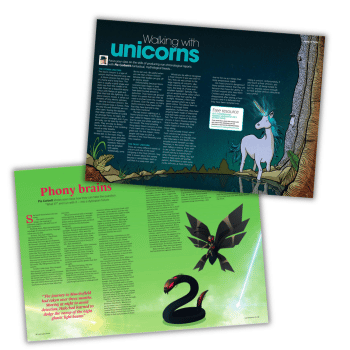
It might surprise you to find that the words ‘non-chronological report’ do not feature in the national curriculum. Yet, the writing of non-chronological reports has become a staple of primary teaching.
Some schools have moved away from a genre-based way of teaching writing. However, you’re still very likely to find yourself being required to teach children how to produce this kind of writing.
What is a non-chronological report?
The purpose of a non-chronological report is to inform the reader. It can be about anything that doesn’t require a chronological, time-ordered account of something. This might include:
- an introduction to a hobby
- an overview of a capital city
- a piece about a child’s family
The following examples would not suit a non-chronological report:
- Recount of a visit
- Set of instructions
- Write-up of a science experiment
- Description of a historical sequence
Pupils could choose to write a non-chronological report about anything they are knowledgeable about and interested in.
Linking writing to previous learning
To remove the need to recall facts, you can also write non-chronological reports about fictional topics, for example, mythological beasts that children have created.
However, in primary schools it’s often the case that you’ll link the piece of writing to some current (or previous) learning in another curriculum area. This has the following benefits:
- children may be very knowledgeable about the subject if you’ve taught them well
- links to other subjects give the writing some further purpose
- children may be enthusiastic about writing about that particular topic
There are drawbacks too, however. Children may get bogged down in trying to accurately represent their learning in other subjects to the point that demonstrating their writing ability takes a back seat.
“The words ‘non-chronological report’ do not feature in the national curriculum”
You must also exercise caution when reviewing and assessing writing. Focus on the English knowledge and skills children have demonstrated, rather than the subject knowledge they’ve demonstrated in the content.
Because non-chronological reports do not follow a sequential order but instead focus on presenting facts and details in a structured manner, it can be useful to teach pupils how to write them as a way of helping them structure their thoughts and understanding.
What are the features of a non-chronological report?
The features of a non-chronological report will depend on the age group that you teach. However, the following is an overview of the full range of features that you might expect a child to include in a non-chronological report by the time they reach Year 6:
Title
A clear and engaging title that reflects the subject of the report.
Introduction
An introductory paragraph or section that provides a brief overview of the topic. This shouldn’t get into the details that will feature in the rest of the report.
Paragraphs
Organise information into paragraphs based on the different aspects of the subject being presented.
Subheadings
Use subheadings to signal paragraphs or sections comprising more than one paragraph. This makes it easy for the reader to navigate through different aspects of the subject.
Facts and information
The report will focus on the presentation of factual information and details about the subject.
Illustrations and visuals
Non-chronological reports, such as the ones you see in children’s non-fiction books, usually include images, diagrams, and other visuals related to the content. The purpose of these is to aid the reader in understanding the text.
Presentational features
Use bullet points, numbering, labels and captions to present information with clarity and organise information clearly.
Technical vocabulary
The use of specialised vocabulary and terminology relevant to the subject.
Concluding statement
This is a concluding section that summarises key points and reiterates how the information you’ve presented is relevant to the overall purpose of the piece of writing.
Non-chronological reports in KS1
As previously mentioned, the national curriculum doesn’t specifically require pupils in KS1 to write non-chronological reports. However, it does require you to teach pupils in Year 2 to ‘develop positive attitudes towards and stamina for writing by writing for different purposes’.
The purpose, as we have discovered already, of a non-chronological report is to inform the reader. Therefore, this should be the focus of any non-chronological report writing in Year 2.
Beyond this, any piece of writing in Year 2 should be a means of practising and showcasing other writing skills, as set out in the national curriculum under the headings of spelling, handwriting, composition, vocabulary, grammar and punctuation.
Year 1 children need not write non-chronological reports at all.
Non-chronological reports in KS2
In KS2, the national curriculum hints at what might be useful for pupils who are writing a non-chronological report. It says that pupils in Years 3 and 4 should be taught to draft and write by ‘organising paragraphs around a theme’ and ‘in non-narrative material, using simple organisational devices [for example, headings and sub-headings]’.
The non-statutory guidance given in the national curriculum says:
‘Pupils should continue to have opportunities to write for a range of real purposes and audiences as part of their work across the curriculum. These purposes and audiences should underpin the decisions about the form the writing should take, such as a narrative, an explanation or a description.’
In the guidance for teachers of Years 5 and 6 it states:
‘Pupils should be taught to plan their writing by identifying the audience for and purpose of the writing, selecting the appropriate form and using other similar writing as models for their own’.
It also says that pupils should be taught to plan and draft their writing ‘using further organisational and presentational devices to structure text and to guide the reader [for example, headings, bullet points, underlining]’.
Progression through year groups
Year 2 (KS1)
In Year 2, children can create simple non-chronological reports about topics they are familiar with, such as pets or favourite toys. Their focus can be on basic sections.
Provide scaffolds such as writing frames to help children organise information. You might also want to suggest a title and provide children with lots of time to orally rehearse what they want to write before they commit it to paper.
Year 3 (KS2)
Children in Year 3 can start exploring more diverse topics, potentially those linked to prior learning, and learn to organise and structure their reports with clear headings and subheadings.
Again, you may want to scaffold this, perhaps using guided planning and structure strips. Provide practice tasks focusing on grouping information around a theme.
Trending
Where possible, give children a real-life reason and purpose to write, for example, to teach their parents about what they have been learning about.
Year 4 (KS2)
Before moving on to adding other features to their non-chronological reports, students in Year 4 can spend time learning how to craft a more comprehensive introduction and conclusion.
Provide lots of live modelling and examples of sentence structures for children to choose from, avoiding simple sentences such as ‘This non-chronological report is about…’.
You can also show children how to ensure that they are incorporating technical vocabulary in their writing. The word lists in Appendix 1 of the English national curriculum are a good guide as to what is age-appropriate concerning spellings.
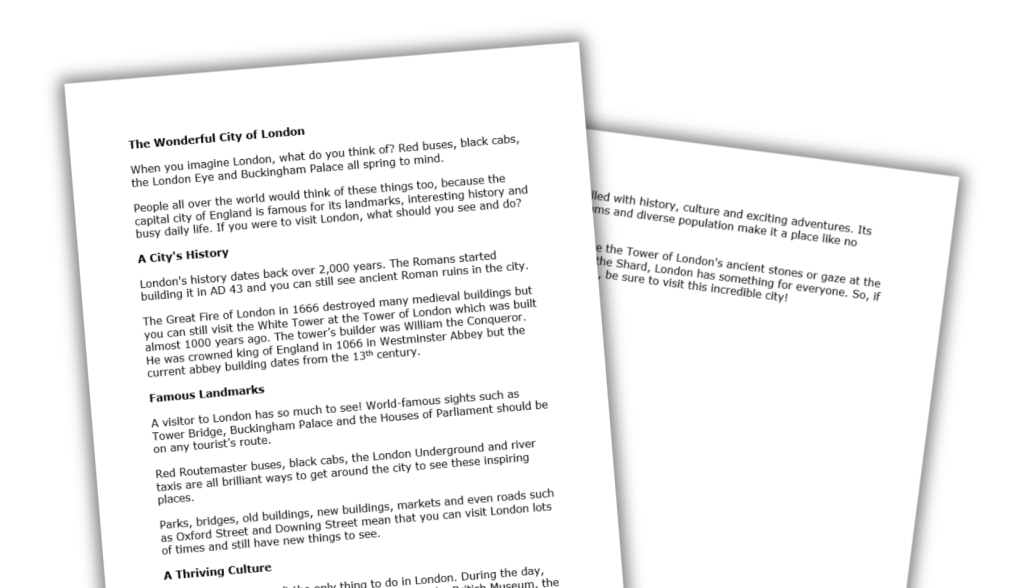
Download Aidan Severs’ non-chronological report example for Year 4.
Year 5 (KS2)
In Year 5, you can use assessment of prior knowledge to move children on. Begin to look at additional organisational features such as bullet points, numbering, labels and captions.
When using these new features, encourage pupils to make selections based on audience and purpose. Model how to make these decisions so that the information is presented as clearly as possible.
Year 6 (KS2)
By Year 6, the ideal is for children to be writing non-chronological reports with a high degree of independence, demonstrating all their prior learning accurately.
Your school’s individual English curriculum will likely have new grammar and punctuation content that children need to practise too. Colons, semi-colons, conjunctions and so on all have their place in non-chronological reports.
Summary
Remember that the main purpose of a non-chronological report is to inform the reader of something – this should always be the focus.
Non-chronological reports provide children with opportunities to practise and demonstrate many of the English writing skills you’ve taught them.
Show children how to select appropriate skills and techniques, all to communicate with clarity to their intended reader: this should be the case regardless of year group.
Aidan Severs is an education consultant with over 15 years of teaching experience. Follow him on Twitter @AidanSevers and see more of his work at aidansevers.com
More non-chronological report resources
Pie Corbett non-chronological report
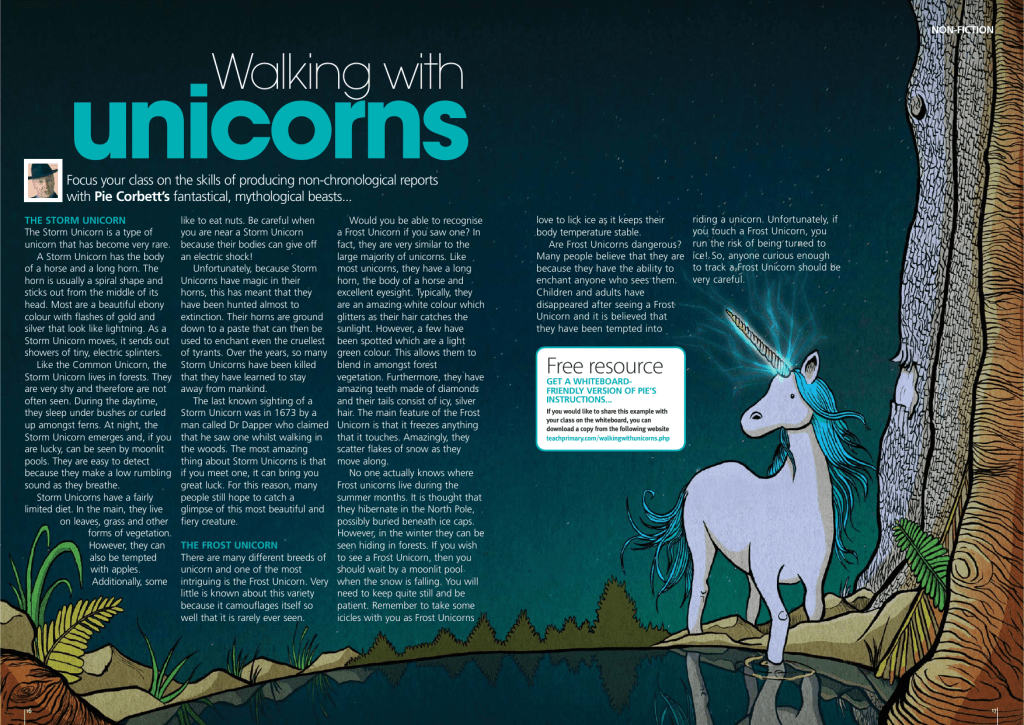
Elevate your KS2 English lessons with Pie Corbett’s enchanting non-chronological report resource about unicorns. Dive into vivid descriptions of their appearance, habitat and sightings, then encourage children to craft their own reports on unicorns, dragons or any fantastical creature that captivates their imagination.
Animals non-chronological report pack for KS1
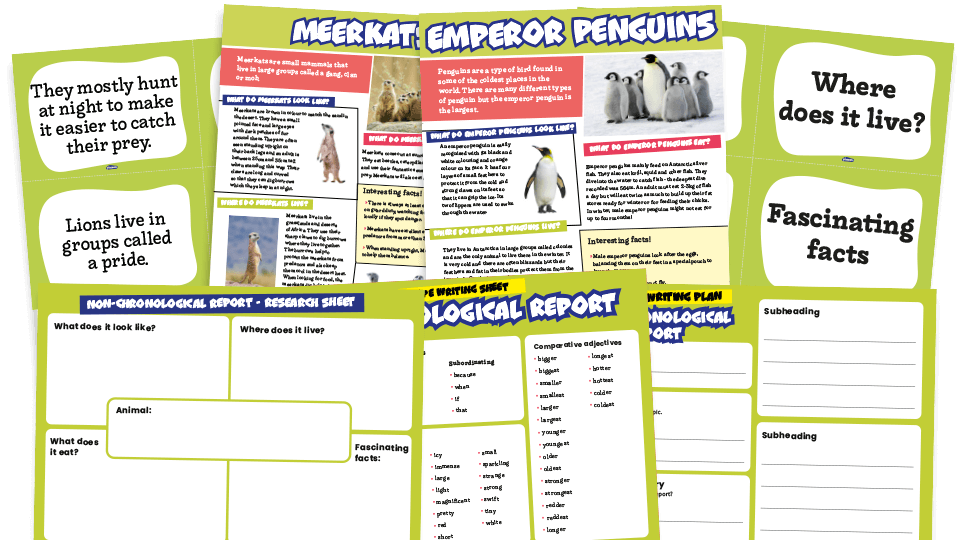
Teach Year 1 and 2 children how to write engaging non-chronological reports with this KS1 text types resource pack from Plazoom.
In it you’ll find sheets to help them plan against success criteria, descriptions of what a non-chronological report should include, two detailed model texts and collections of facts about lions that children can use to create their own non-chronological reports.
Mythical creatures non-chronological report pack for KS2
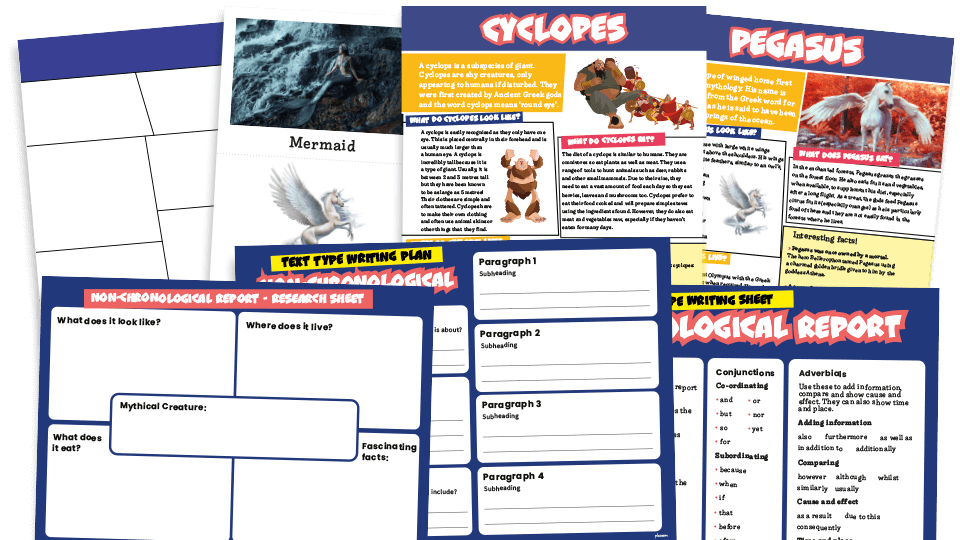
And for Year 3-6, this Plazoom pack covers all the same bases, and includes a range of images of mythical creatures to inspire pupils’ own report writing.
Welsh language in Patagonia
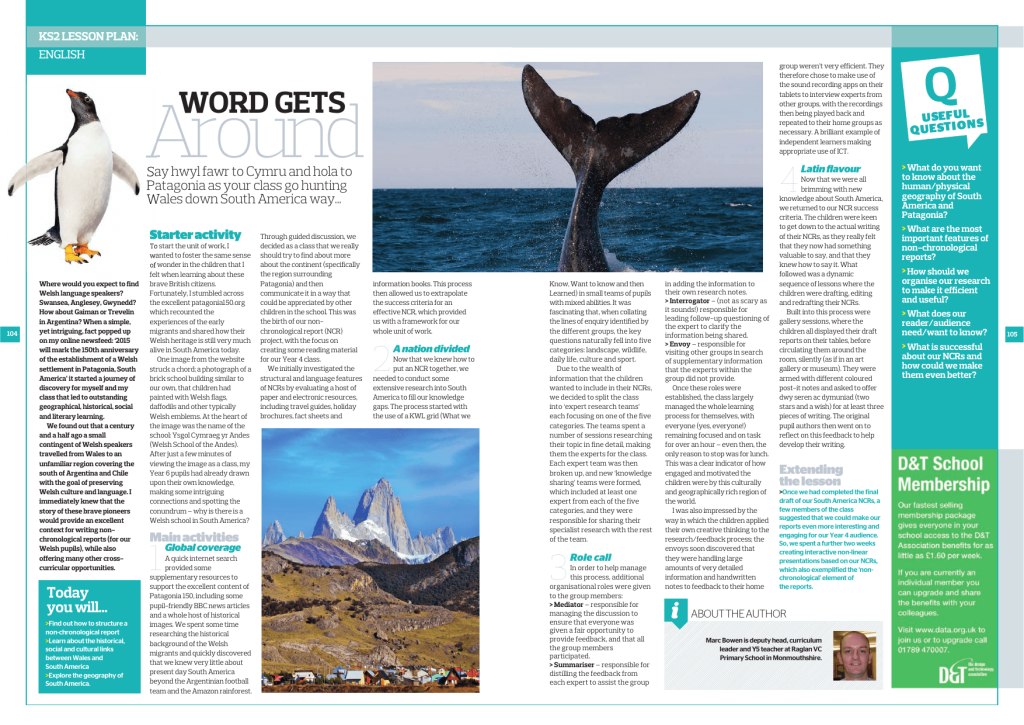
If you teach in a Welsh-speaking area, use the unusual tale of a Welsh settlement in Patagonia, South America, as the inspiration for some great non-chronological report writing.
Superhero non-chronological report
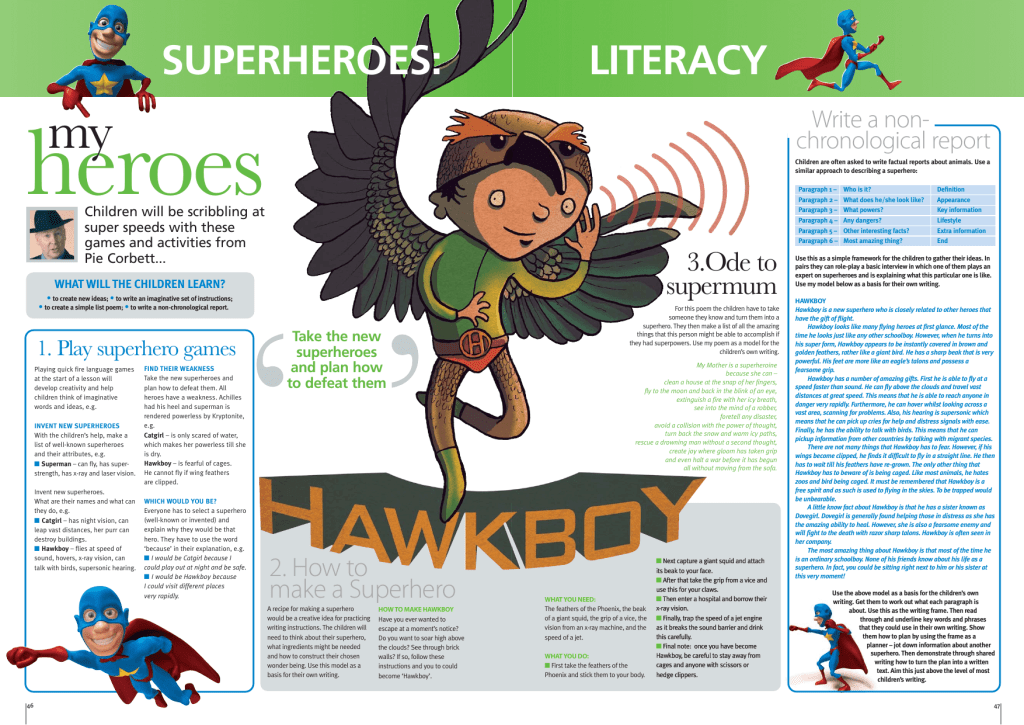
We often ask children to write factual reports about animals – but you can also use the same approach to write a report about a superhero. This free Pie Corbett resource will show you exactly how to do it.
Non-chronological report medium-term plan for Year 2
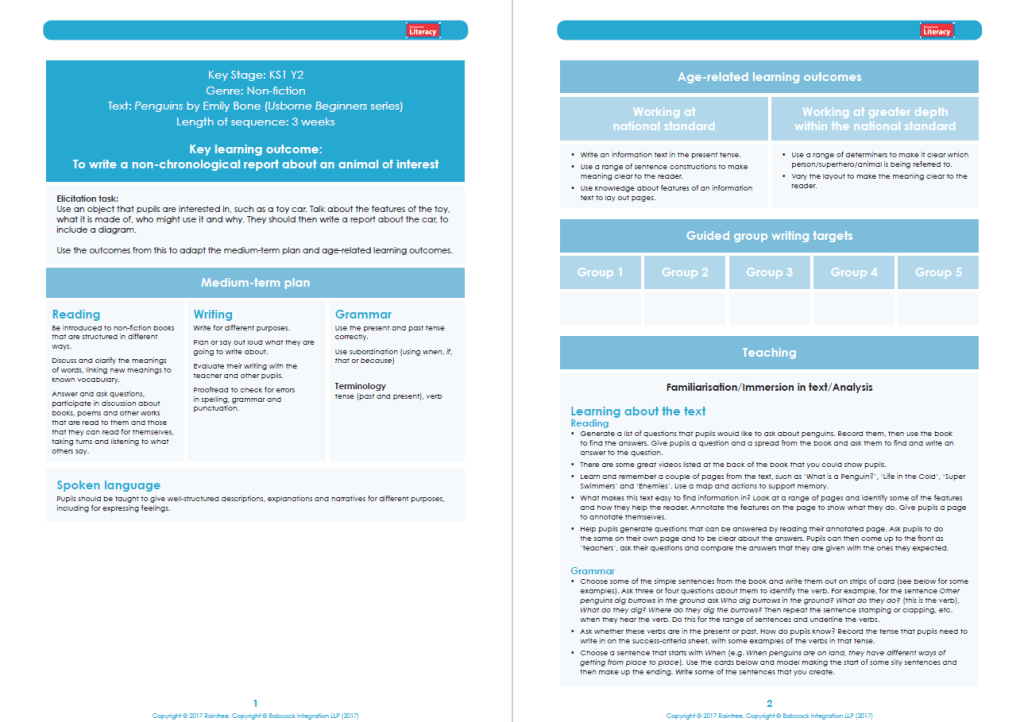
This three-week sequence for KS1 is a sample resource from No Nonsense Literacy. The key learning outcome is to write a report about an animal of interest.
Pupils will select an object they’re interested in, such as a toy car, and talk about its features. What it is made of, who might use it and why? They’ll then write a report about the object, including a diagram.
How to write a sports story
In this BBC Teach article, Sonali Shah demonstrates the process of planning, writing and editing a sports story that she is working on about what happens in a footballer’s medical.
She takes you through the process from start to finish; identifying the key features of report writing and emphasising the importance of researching, drafting and proof-reading in her job as a sports journalist.
She also explains how important it is to engage the reader by using appropriate vocabulary. Keywords and examples are presented on the screen to support pupils writing in this genre.
WAGOLL examples
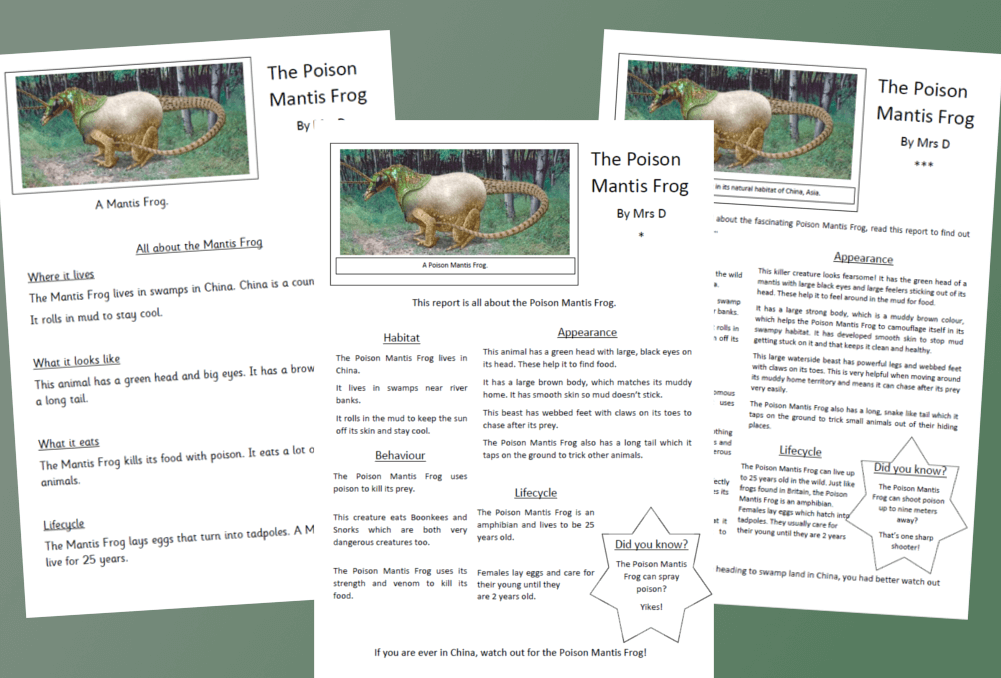
If you want a big selection of ‘what a good one looks like’ examples, just head to Literacy Wagoll.
Its collection of non-chronological report examples includes everything from polar bears and ancient Greeks to space school, The Day of the Dead and the fictional poison mantis frog.
Features of a non-chronological report PowerPoint
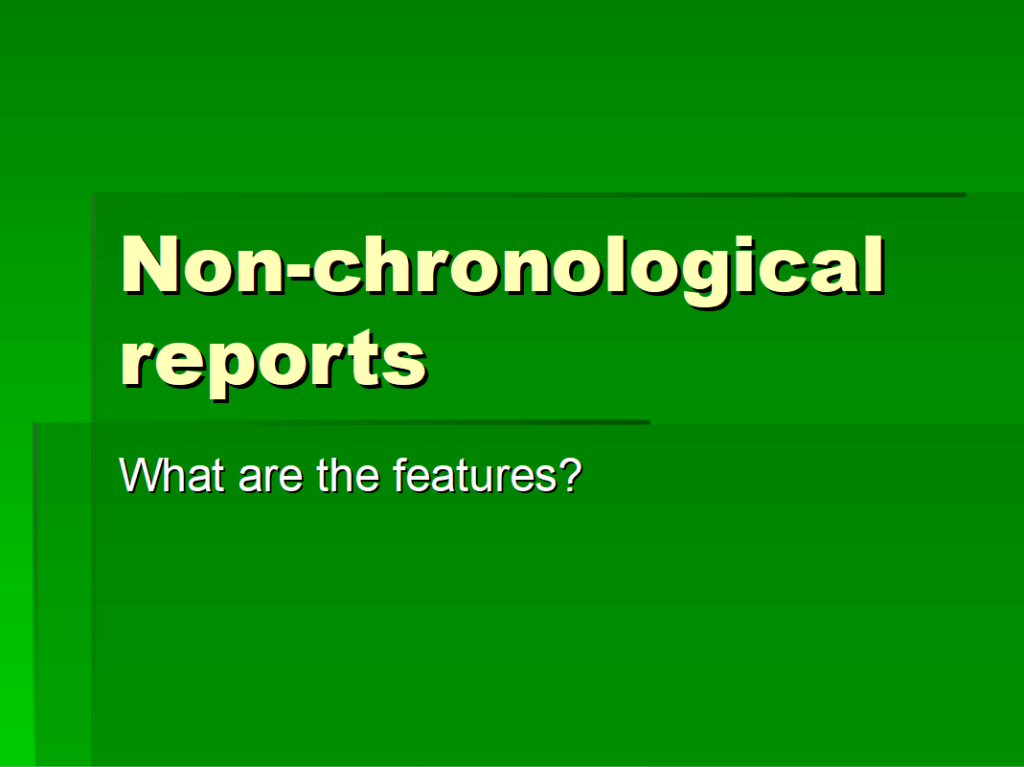
Run through what goes into non-chronological reports with your class with this handy PowerPoint presentation.
It looks at the criteria for report writing, a good opening sentence, organising your notes, using sub-headings and more.
Sports report template
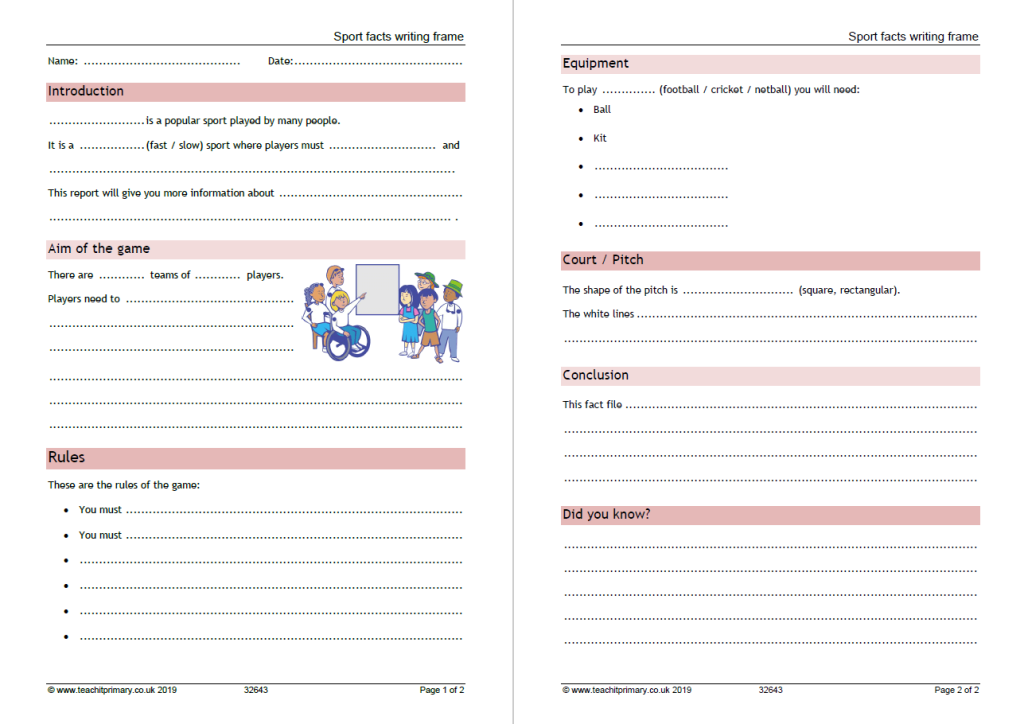
This writing frame will support children in creating their own factfile on a sport of their choice. It includes prompts and suggested sections.





